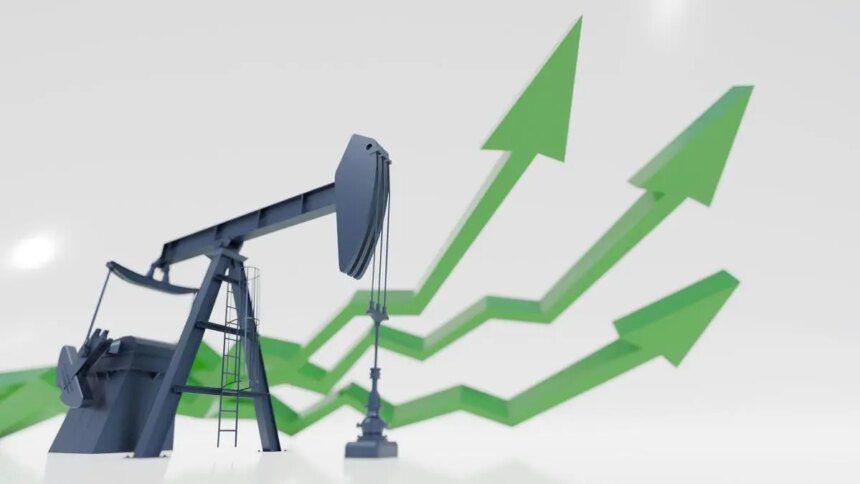Brent crude futures were up by $1.56, or 2.49% at $64.15 per barrel by 0303 GMT, while US West Texas Intermediate crude futures were up $1.53, or 2.62%, at $60.03.
Brent crude futures were up by $1.56, or 2.49 per cent, at $64.15 per barrel by 0303 GMT, while US West Texas Intermediate crude futures were up $1.53, or 2.62 per cent, at $60.03.
The US said it was prepared to take further action as it called on Moscow to agree immediately to a ceasefire in its war in Ukraine. For months into his second term, President Donald Trump has resisted pressure from US lawmakers to impose energy sanctions, hoping that Russia would agree to end the fighting. But with no end in sight, he said he felt it was time.
Britain sanctioned Rosneft and Lukoil last week. Separately, EU countries approved a 19th package of sanctions against Russia for the war that includes a ban on imports of Russian LNG.
“President Trump’s fresh sanctions hitting Russia’s biggest oil houses aim squarely at choking Kremlin war revenues – a move that could tighten physical flows of Russian barrels and force buyers to re-route volumes onto the open market,” said Phillip Nova’s senior market analyst Priyanka Sachdeva.
“If New Delhi trims purchases under US pressure, we could see Asian demand pivot toward US crude, lifting Atlantic prices,” she added.
India state refiners said they were reviewing their purchases of Russian oil barrels to ensure that no supply will be coming directly from Rosneft and Lukoil after the US slapped sanctions on them.
Right after the US sanctions were announced, Brent and WTI futures rose by more than $2 a barrel, boosted as well by a surprise decline in US stockpiles.
But scepticism in the market on whether the US sanctions would lead to a fundamental supply shift limited oil’s gains.
“The new sanctions are certainly upping the ante between US and Russia but I see the oil price jump more like a knee-jerk reaction by the markets rather than a structural shift,” said Rystad Energy global market analysis director Claudio Galimberti.
“So far, almost all the sanctions against Russia for the past 3.5 years have mostly failed to dent either the volumes produced by the country or the oil revenues,” he said, adding that some buyers of Russian oil in India and China had been continuing their purchases.
In the near-term, markets were eyeing a surplus in OPEC+ supplies, due to unwinding production cuts, to be a key price driver.
“The three factors I will be watching going into Nov are OPEC+ unwinding, China’s crude stockpiling, and the wars in Ukraine and Mid-east, in this order,” said Rystad’s Galimberti.
More Like This
Published on October 23, 2025










